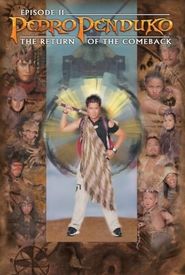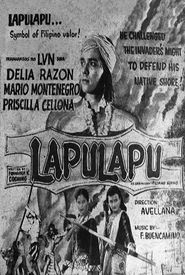Francisco V. Coching was born on January 29, 1919, in Pasay City, Metro Manila, to novelist Gregorio Coching and Juana Vicente. He dedicated his life to his family and to the art of writing and illustrating comics novels for four decades.

Francisco V. Coching
Deceased · Born: Jan 29, 1919 · Died: Sep 1, 1998













